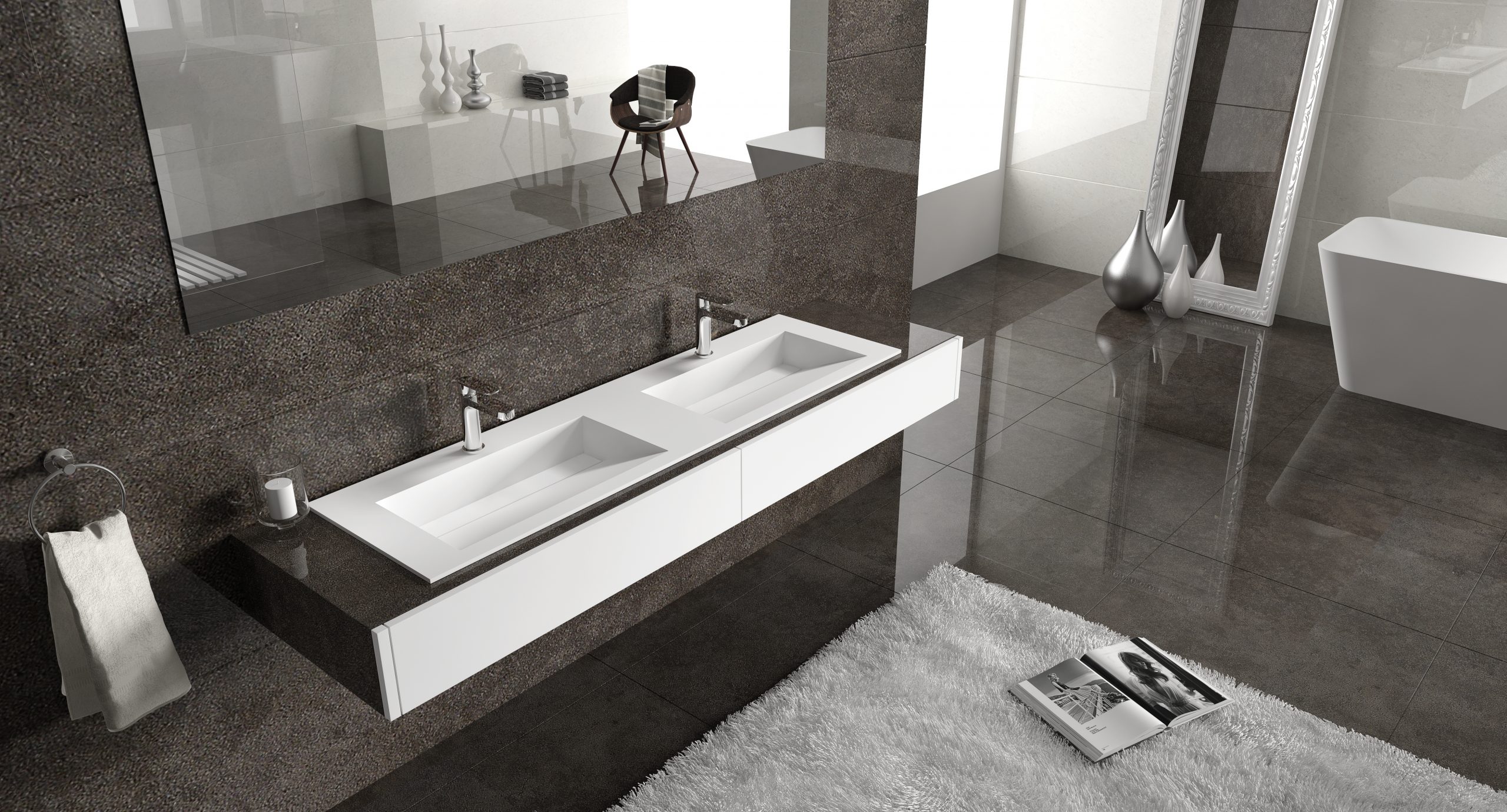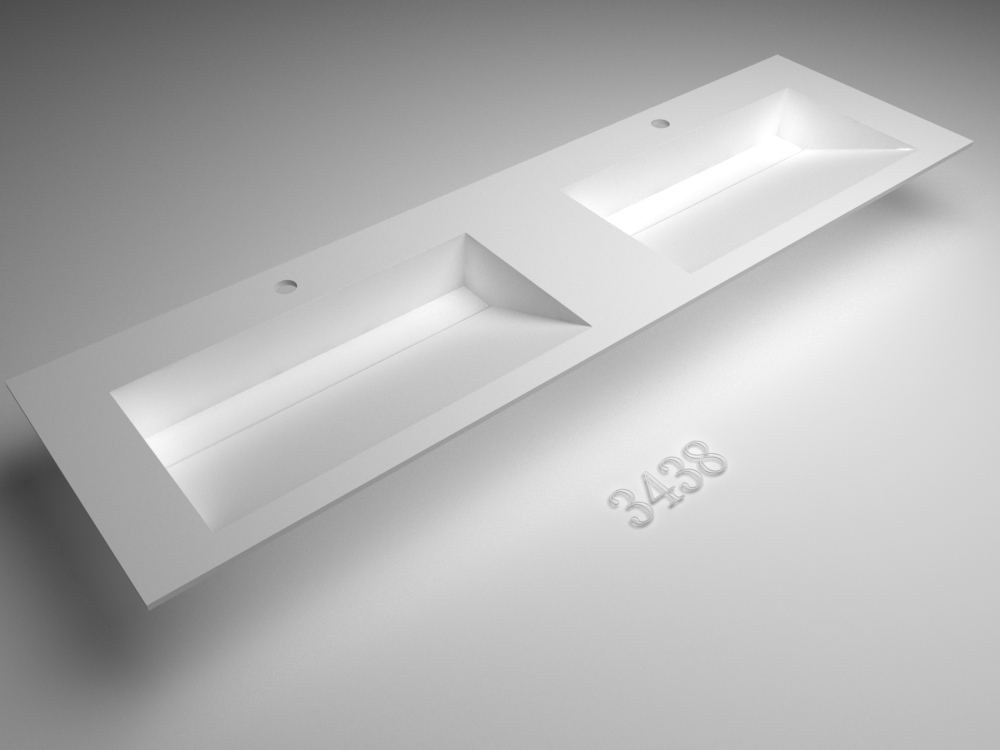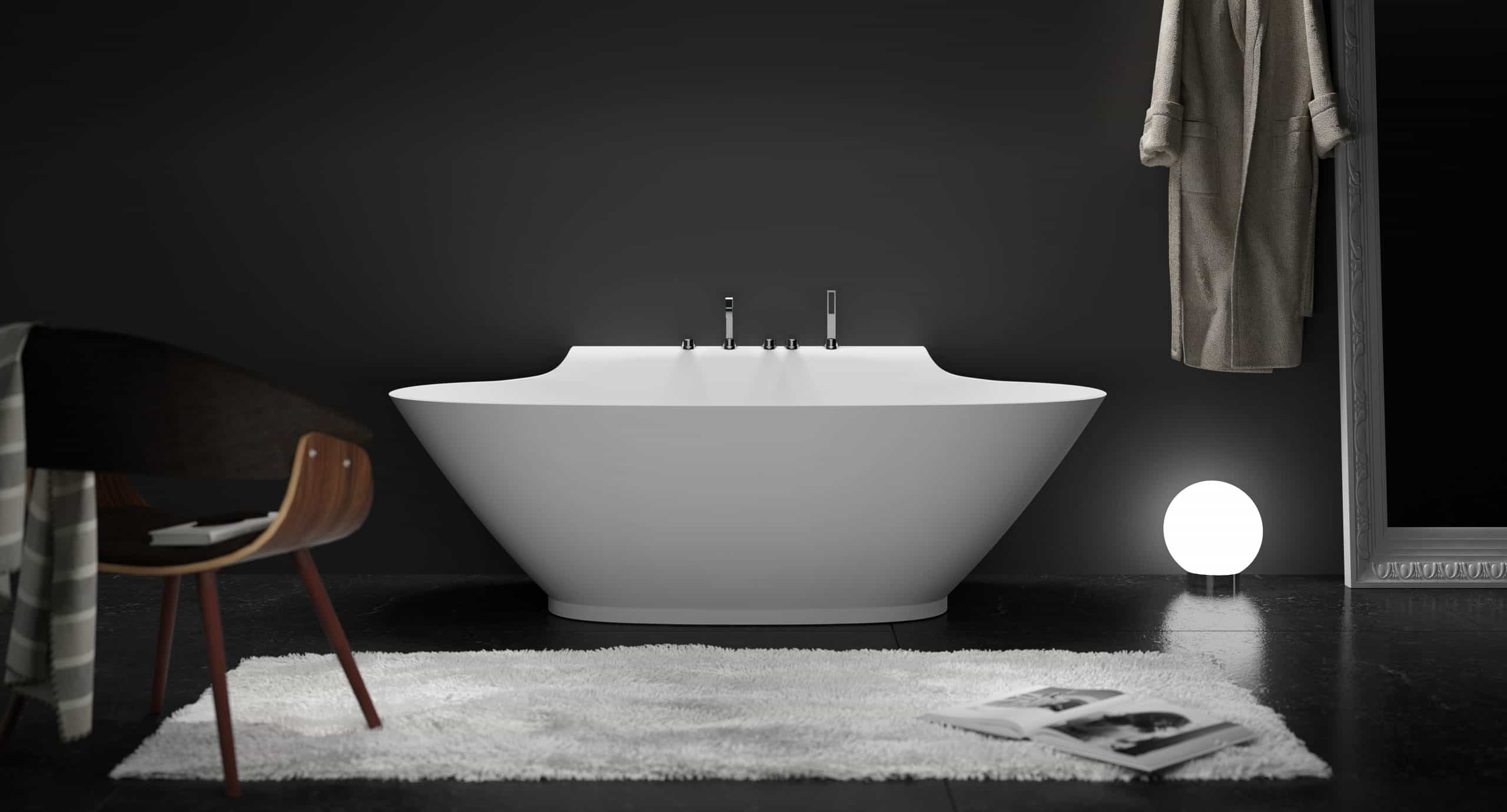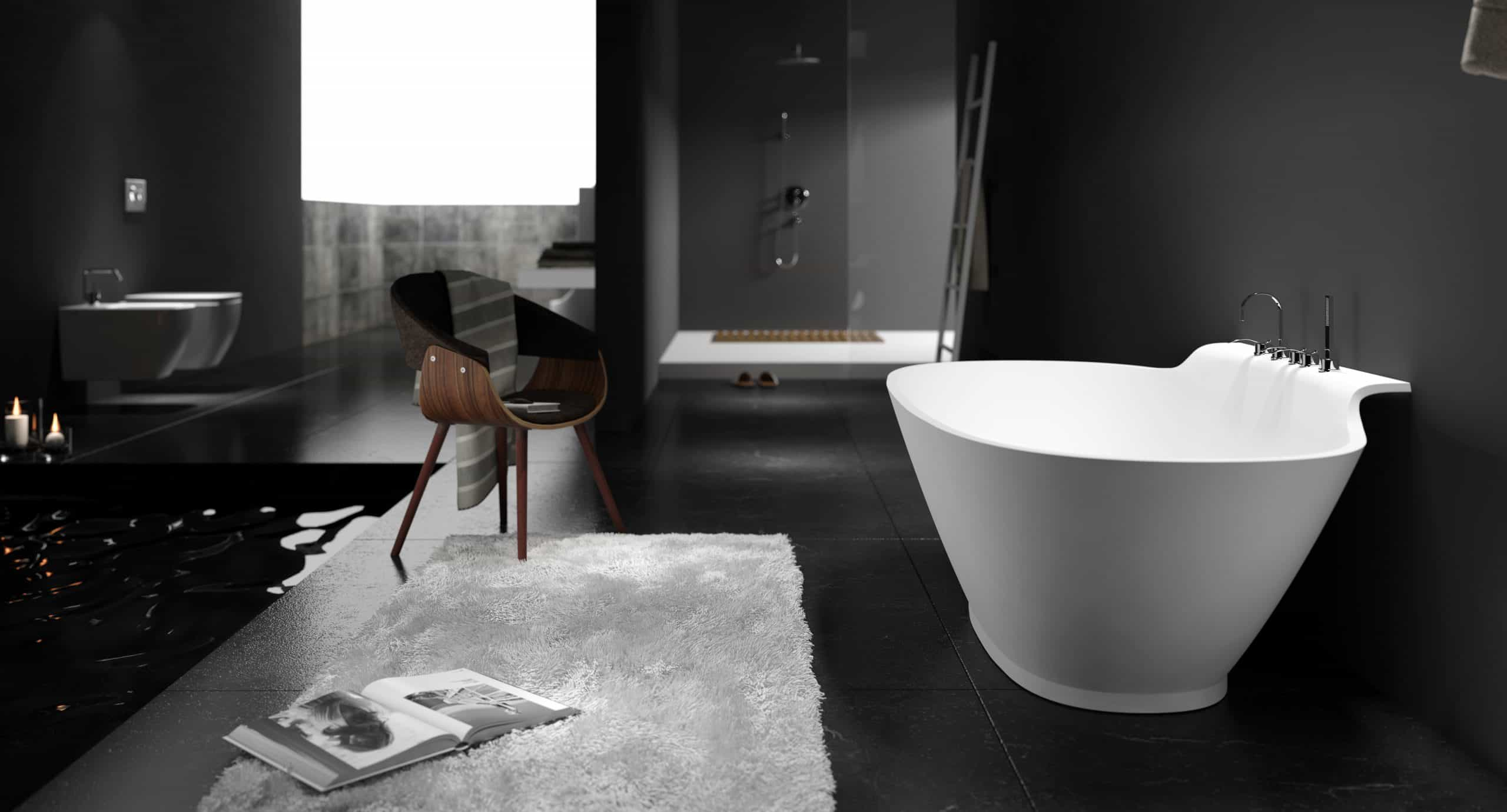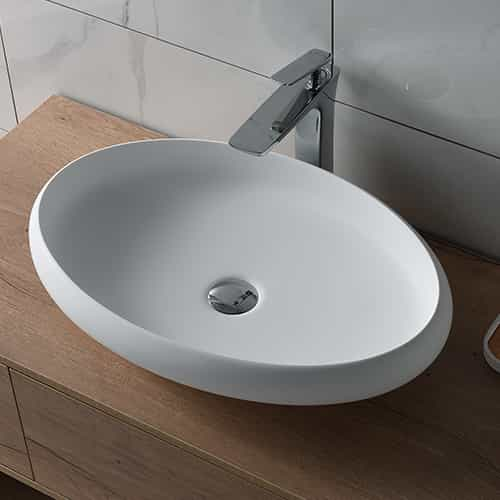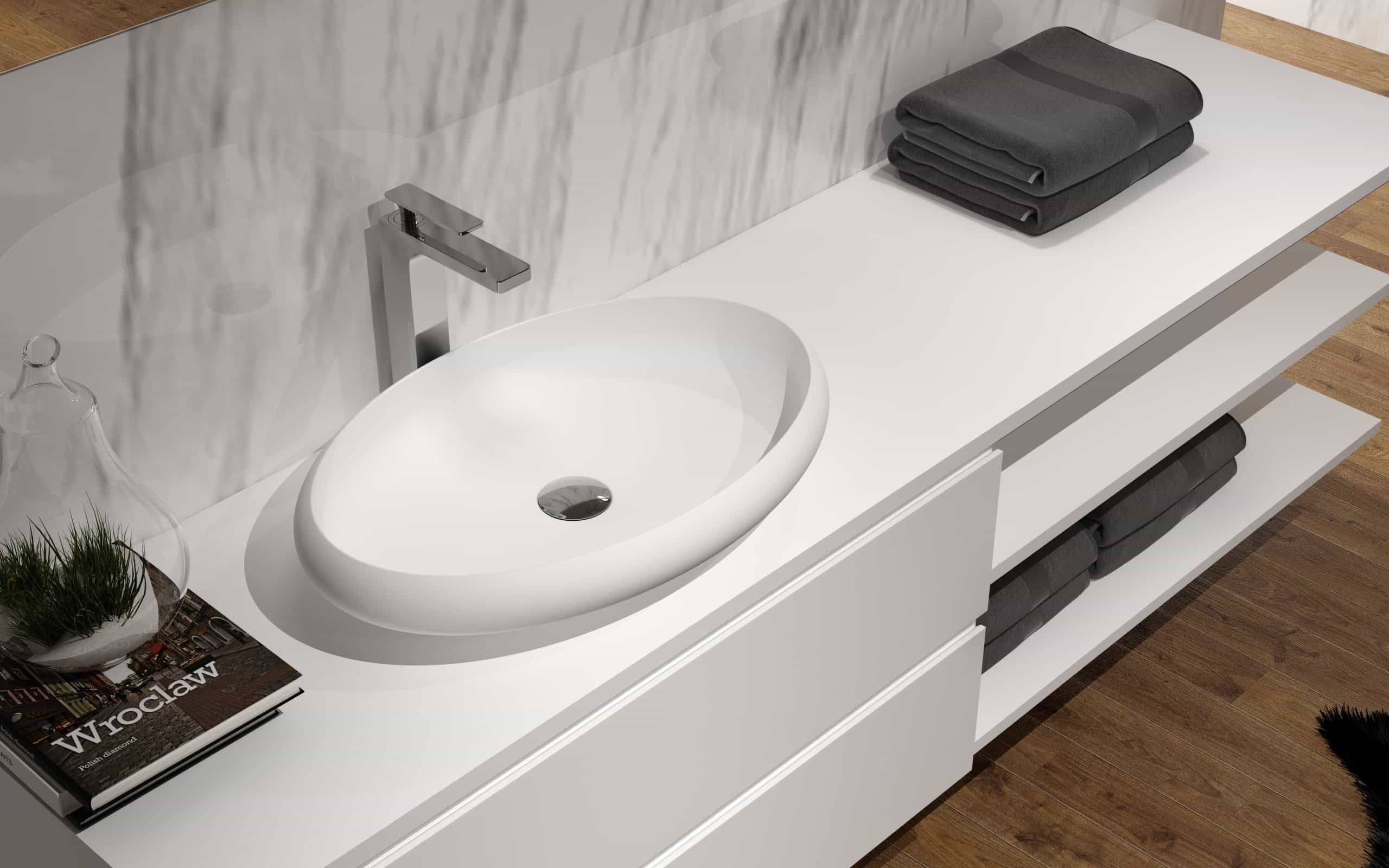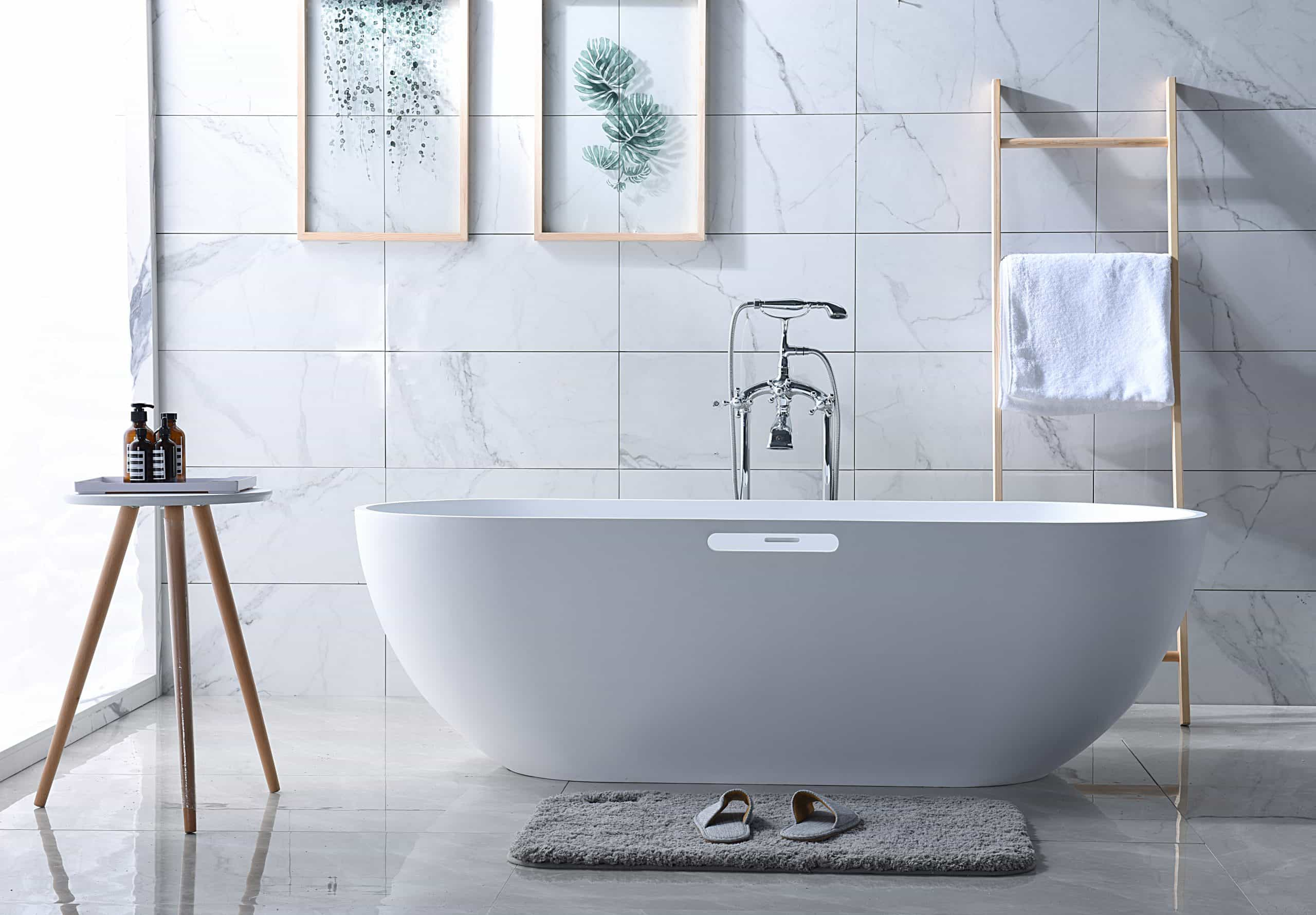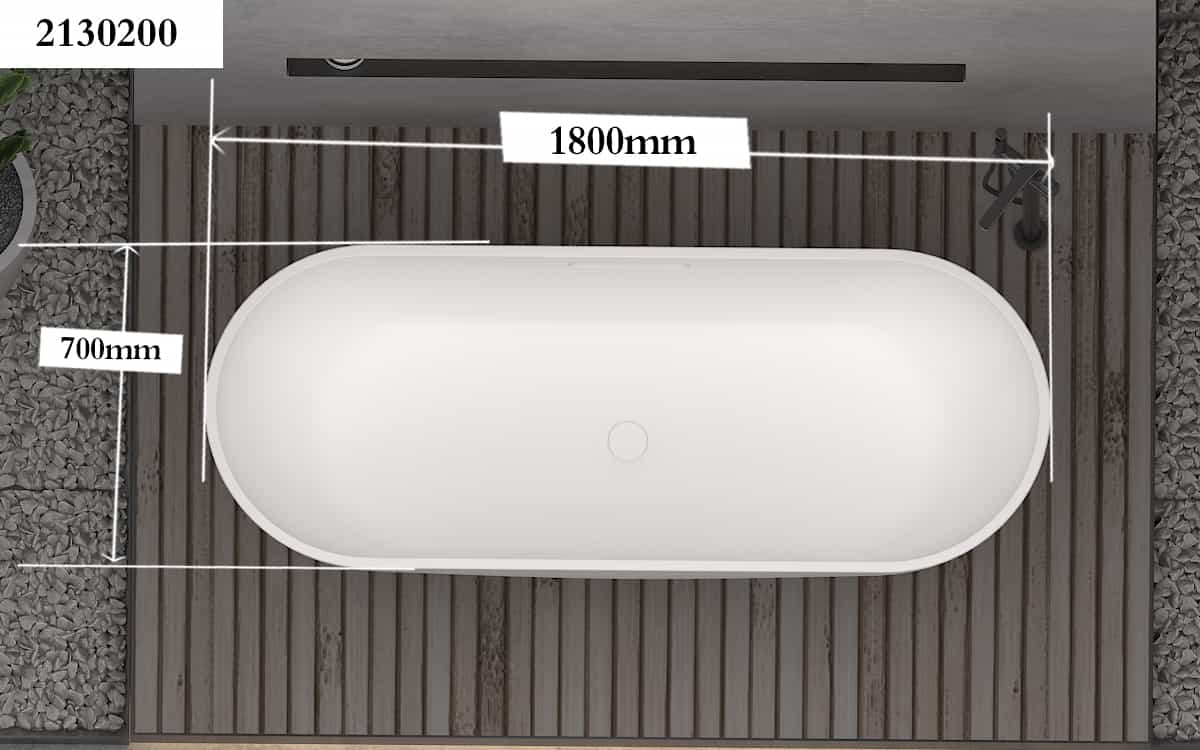
You should have been exposed to a lot of bathroom hardware, but how much do you know about the following bathroom hardware knowledge? Take a look!
One: Types of bathroom hardware
Bathroom hardware is generally divided into three components. That is, the base (fixed part), connecting parts, and functional parts; one side of the base is close to the wall or board, and this side is generally not surface-treated.
You can basically know what material is used just by looking at its color; the connectors are basically surface-treated, and only the following methods can be used.
Most of the functional parts are mainly made of tubular and rod-shaped raw materials. Due to the different specific gravity of the raw materials, the weights of objects with approximately the same volume are different (except for lightweight materials).
Two: How to choose bathroom hardware?
First, product structure performance. High-quality bathroom hardware products have a stable and sturdy structure, and there will be no loosening when shaking up, down, left, and right. The products are reasonably humanized and easy to use.
The second is the surface of the product. High-quality products will be surface treated, and the surface is generally bright chrome. In order to meet the requirements of personalized decoration consumers, some products are also treated with antique color and gold on the surface. The surface is uniform, smooth, without color difference, and without falling off. Acid salt spray test, up to 10 or more.
Again, it is the material and accessories of the product. High-quality products use copper as the main material, because copper will never rust or oxidize, which can ensure a longer service life of the product and has a high recycling value. For the purchase of faucets, special attention is paid to the valve core and faucet of the product. The spool is quite the heart of the human body and controls the entire faucet switch.
Bathroom hardware is an indispensable decorative material in modern home bathroom decoration. At present, the materials and types of bathroom hardware that are popular in the market are relatively rich. Generally, bathroom hardware of different materials reflects the texture, advantages and disadvantages. different to each other.
But no matter what kind of bathroom hardware it is, we recommend that you choose the hardware produced by regular manufacturers to purchase products to ensure that the bathroom hardware has a gorgeous texture, strong decorative performance, and the most important thing is a long service life.
Three: How to prevent damage to bathroom hardware?
The model, specification and performance of the selected hardware accessories should conform to the current national standards and relevant regulations, and should be matched with the selected sanitary ware so that they can be used together.
For the shower door in the bathroom space, the push-pull method is generally adopted. For the sliding door with a width of more than 1m, or when installing a double-glazed shower door, double pulleys or rolling pulleys should be installed to ensure that the shower door is convenient and smooth to use. .
The sliding brace hinge should not be made of aluminum alloy material, but stainless steel material. The hardness of aluminum alloy material is far less than that of stainless steel material.
When installing hardware with fastening screws, there must be a metal lining plate inside, and the thickness of the lining plate should be at least twice the pitch of the fasteners. It must not be fastened to plastic profiles, and non-metallic linings must not be used.
After the bathroom hardware is installed, pay attention to maintenance to prevent rust and corrosion. In daily use, it should be turned on and off lightly to prevent hard switching and hard switching, which may cause damage.
Four: How to maintain bathroom hardware?
First, develop the habit of opening doors and windows to keep the air in the bathroom unobstructed. The separation of dry and wet is the maintenance method for bathroom hardware accessories.
Second, do not use corrosive sponges and detergents containing corrosive, dissolving and acidic substances, bleach, vinegar, etc. to clean the pendant, otherwise it will cause the surface of the pendant to lose its luster or leave scratches, which will cause damage to the pendant. to great damage. Usually wipe with a soft cotton cloth and water.
Third, the paint has a great corrosive effect on the surface coating of the pendant. Do not let the paint get on the pendant.







